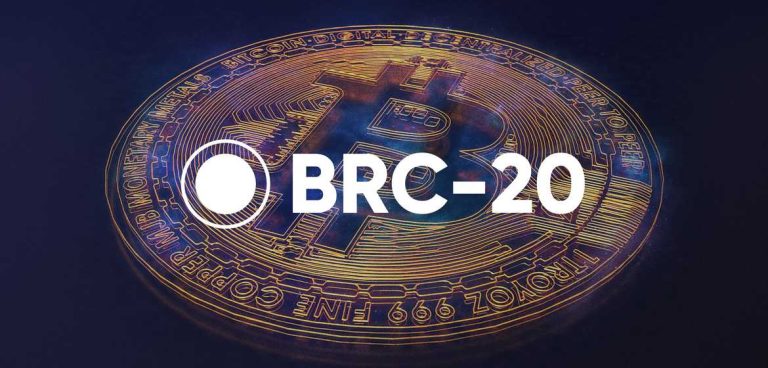
What Are Perpetual Swap Contracts?
Given the rising popularity of perpetual swaps, I thought it would be a good idea to break down what exactly is a perpetual swap or perp swap.
The standard definition found all over the web describes perpetual swaps as a type of derivative like options and futures contracts. It permits traders to speculate on the future price of a given cryptocurrency. The main
difference lies in the fact that options and futures have expiration dates, whereas perpetual swaps do not. It is for this reason; the price of perpetual contracts is anchored to the spot price of their underlying assets.
For example, if Bitcoin’s current market price across a range of exchanges is $25,000, the perpetual swap contract price will be also priced at $25,000. A price anchoring system called the funding rate mechanism has been implemented by exchanges due to the lack of expiration dates in perpetual swaps. The mechanism serves to balance long and short positions of perpetual swaps by rewarding or not rewarding trades. Exchanges view it as a discount or rebate fee that balances out, the demand for the short and long side of perpetual contracts.
In sum, perpetual swaps advantageous because there are no expiration dates, no custody issues, and it mirrors the price action of the underlying asset. Perpetual swaps are basically derivates without expiration dates.

How Do Perpetual Swaps Work?
A trader can profit from Bitcoin by purchasing perpetual swaps and selling them at a later time. For instance, a trader might invest $20,000 and buy 2 BTC perpetual swaps. This means the BTC perpetual swaps are worth $10,000 each. Now, assuming that the price of BTC rises to $30,000, or perhaps, $40,000 the following month, the trader who purchased the swaps would have earned an additional 10 or 20 thousand dollars in profit. However, exchanges charge rebates and fees to maintain perpetual swaps peg to BTC’s spot price, and such funding rates might affect the trader’s earnings.
Crypto derivatives like perpetual contracts and futures offer traders the option to use leverage. This means that traders can trade with an amount larger than their capital. When a trader uses a 2x leverage provided by an exchange, his capital as well as his profits would double. Likewise, leverage amplifies the losses as well, and may lead to liquidation if unrealized losses reach the deposited collateral. This risk makes leverage trading unsuitable for novice traders.
Perpetual swaps are highly risky but appealing due to their lack of time constraints and the ability to profit from falling cryptocurrency prices. These swaps are crucial for Bitcoin price discovery and are the most actively traded financial instruments in the crypto market.
In Summary; Perpetual swap contracts are a type of financial derivative that allows traders to speculate on the price movement of an asset. They are termed “perpetual” because they do not have a fixed expiration date, unlike traditional futures contracts.
SOURCES:
https://www.coindesk.com/learn/what-is-a-perpetual-swap-contract/
https://www.youtube.com/watch?v=wfx78LWd3PM
https://www.youtube.com/watch?v=5vW7hX6k5ho
https://medium.com/derivadex/what-are-perpetual-swaps-130236587df2




